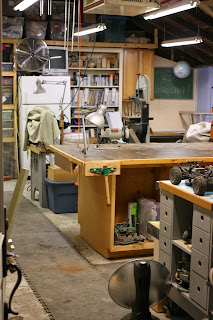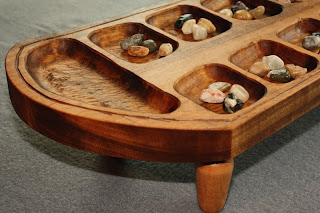I have several projects that were started in the past and never completed. I seem to work on them briefly and then I get distracted with something else or, lose interest.
Why is that?
I think for myself, there are many reasons but, one reason that keeps coming back is that I am uncertain what to do next.
Every project is a learning experience for me. There are many firsts in each of the projects that I start. Sometimes, if I am unsure of the next step, I stop and try to figure it out in my mind. That seems to be the hang up point in my projects. I take too long of a break and lose momentum going forward. That is when the projects stops.
What is the law that says objects in motion tend to stay in motion, or objects at rest tend to stay at rest?
That is me. As long as I am moving forward, I tend to stay moving forward. BUT, when I am at rest, I tend to stay at rest.
That brings me to where I am at right now. I have 3 projects that I have in the space between my two ears. One is a hope chest that was for my daughters 12th birthday. We just celebrated here 15th birthday this month, and that chest STILL isn't completed!
The second project is going to be some storage cabinets that will line one wall in our "school room". I have purchased most of the materials for this but have yet to get started. I am actually waiting for the temperature to come up so I can finish the insides of the cabinets before I cut the pieces to size.
The third project is a rifle stock that is for a buddy of mine. I was looking through some picture files the other day and ran across some of the project photos that I have taken in the beginning of the stock. They were dated in 2010! That is 4 years ago and still haven't finished that project.
I set some goals for myself this year but none of them were woodworking goals. They were spiritual goals and some financial goals. As I started out this year with making a couple of "quick" projects for other people, I decided that I needed to make some woodworking goals as well. My goal is to finish those projects that I already started.
Now on to the stock.
I have completed 95% of the work and I have been in the finishing stage for quite some time. I picked up the stock and brought it in the house to a warmer environment to work on. I have some fine sanding in areas on the stock to do and I also had some gaps on the grip cap that needed to be dealt with.
I taped off the areas that needed filling and mixed up some 5 min epoxy to fill the gaps.
This is a cross made from quarter sawn sycamore and ebony background. The epoxy will fill those gaps and I will sand the extra off, leaving the surfaces level with each other. When the final finish is applied, the surface should have a uniform level and sheen to it, hiding the imperfections of the pieces fit to one another.
There was also a gap on the side of the cap that needed filling. Same thing here.
Also one spot under the raised cheek piece where a small knot was. After these areas are cured and sanded down, I will continue to sand some of the areas where the previous coats of finish (Waterlox) got a bit thick and shiny. Then I will wipe the dust off and continue to hand rub more finish onto the wood, building it to the desired depth. I am planning on deglossing the final coats and then waxing to a satin sheen.
This is a piece of black walnut and it will be for a Beeman R9 air rifle.
Hopefully, this project will be completed by the end of February. I want it to cure for at least a couple of weeks before I ship it off to Texas.
























































